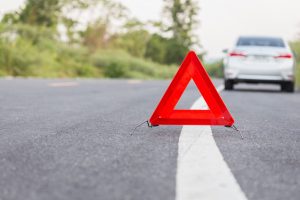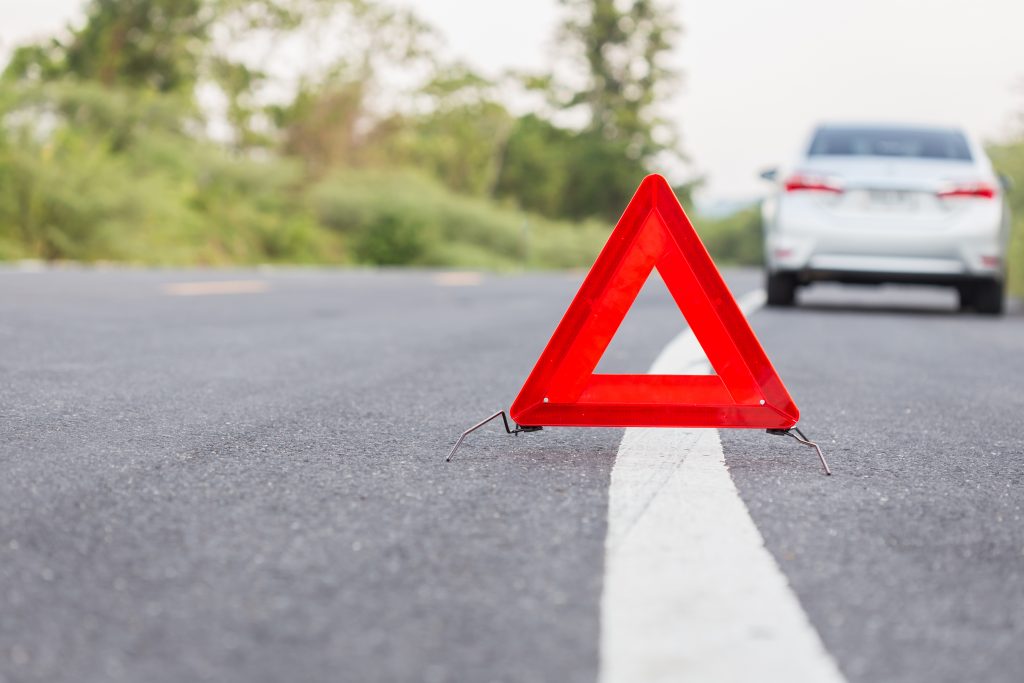 During emergencies, portable warning triangles are effective traffic safety products, which motorists can use to warn others of any possible danger due to an auto accident. Companies like Adsafe say that it is in knowing the proper use of traffic symbols that you can help improve road safety.
During emergencies, portable warning triangles are effective traffic safety products, which motorists can use to warn others of any possible danger due to an auto accident. Companies like Adsafe say that it is in knowing the proper use of traffic symbols that you can help improve road safety.
When a vehicle is parked somewhere on the shoulder of a road or near moving traffic, it is best to use portable warning triangles to alert other drivers at a safe distance to slow down. That way, they would not be surprised and prevent an accident. But you can only benefit from such products if you put them into good use.
What is a Portable Warning Triangle Exactly?
A portable warning triangle is an equilateral triangle usually 600 mm in size. It uses a reflective material in red and orange colours for optimum visibility day and night. It has similar use to the traffic cone, which is to stall vehicles. However, warning triangles need to be in every car’s storage because it has more specific functions for vehicle owners during emergencies.
Putting the triangles in the right spot is essential. Approximately, one triangle should be situated 3 metres from the front of the vehicle if you are against traffic direction and 3 metres from the rear if you are in the same direction. One other triangle must be placed 30 metres away from the vehicle’s rear, and the last has to be another 30 metres feet ahead on the lane that your vehicle stopped.
There are stricter rules that apply if the vehicle in question is over 12 tonnes. Many countries impose even more specific traffic guidelines about following traffic signs, which, if you fail to follow could make you face prosecution, as you would be held liable for any accident that may result from your failure to comply. By considering the guidelines and remembering to keep a set of portable warning triangles in the car at all times, you can greatly improve your safety and reduce the likelihood of a secondary accident.
